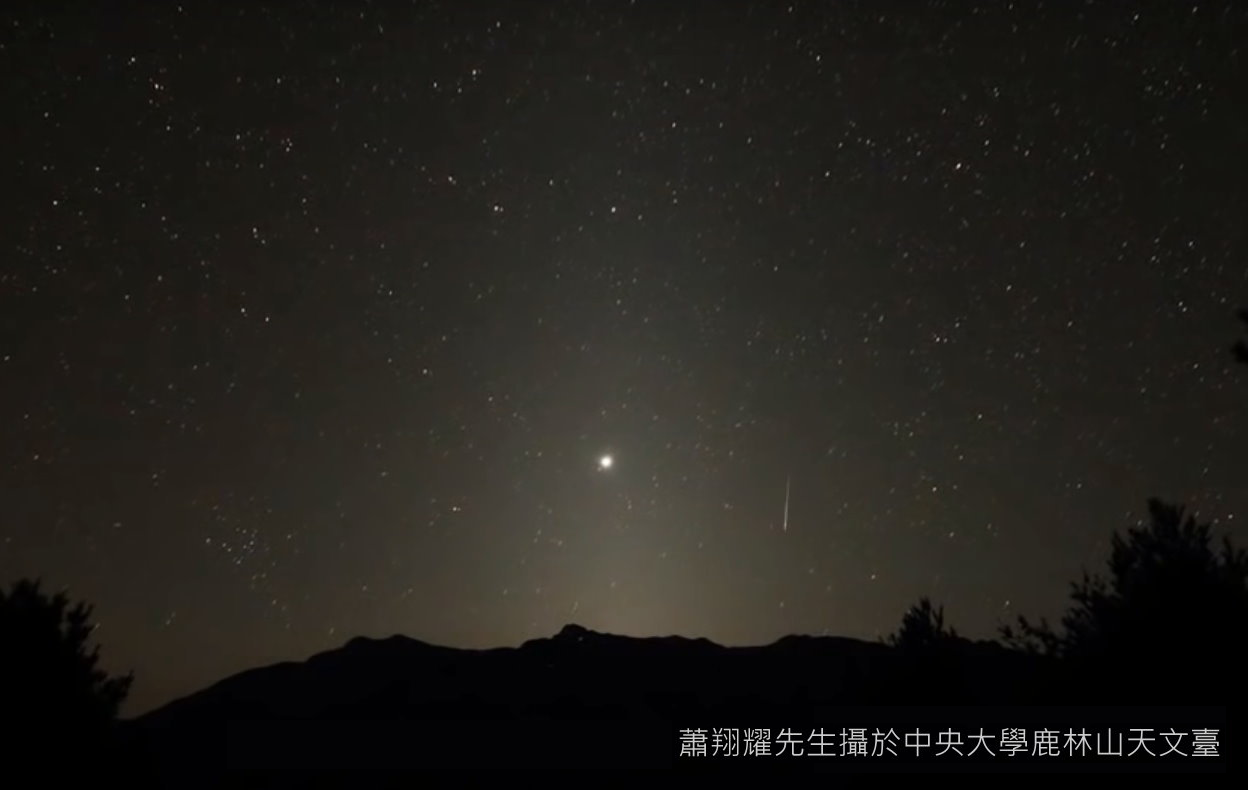Spring Equinox Is Here! Admiring the Zodiacal Light and Five Planets Concurrently
 Spring equinox is an important solar term for people and a vital dividing point in astronomy. On this day, the sun shines directly on the equator, making the day as long as the night. Thereafter, the day will grow longer and the night shorter in the northern hemisphere.
Spring equinox is an important solar term for people and a vital dividing point in astronomy. On this day, the sun shines directly on the equator, making the day as long as the night. Thereafter, the day will grow longer and the night shorter in the northern hemisphere.
This year’s spring equinox occurs on March 20; one to two weeks before and after the spring equinox is not only the perfect moment to admire the unique zodiacal light, but Venus will also reach its greatest eastern elongation on March 25, making it the brightest star in the west after sunset. At the same time, the southeastern skies before dawn are just as spectacular; besides Jupiter, Mars, and Saturn coming close together, Mercury, a planet usually rare to spot, will reach its greatest western elongation on March 24 and make an appearance with Venus. So come on astronomy fans, don’t miss out on the rare opportunity of admiring the unique zodiacal light and five planets at the same time!
Zodiacal light is a faint glow produced by sunlight reflecting off dust particles in the Solar System. Usually difficult to see, the zodiacal light is only visible just before and after spring and autumn equinox, manifesting itself as a faint yellow triangular light cone in the western skies after dark on the spring equinox. At the same time, Venus will reach its greatest eastern elongation in the west on March 25 when it is farthest from the sun. If observed through a telescope, one can also see the crescent-shaped façade of Venus.
Just before sunrise on the spring equinox, Jupiter and Mars appear to be merged in the southeastern skies. The white Jupiter (magnitude -2.1) and red Mars (magnitude 0.9) are only separated by 0.8 degrees, while the grey-yellow Saturn complements the 2 planets with its radiance less than 10 degrees to the east. Venus reaches its greatest western elongation on March 24, but it is only visible if one searches the lower part of the eastern skies just before sunrise.
For relevant illustrated information, please refer to the Taipei Astronomical Museum’s official website (TAMWEB/Astronomy Forecast).

![Taiwan.gov.tw [ open a new window]](/images/egov.png)

